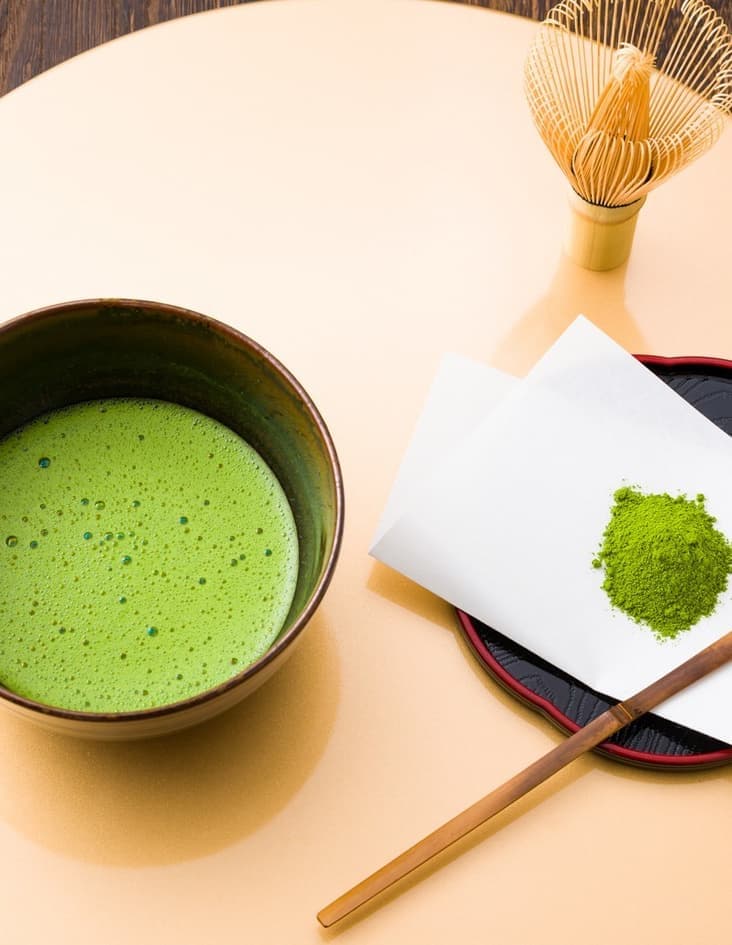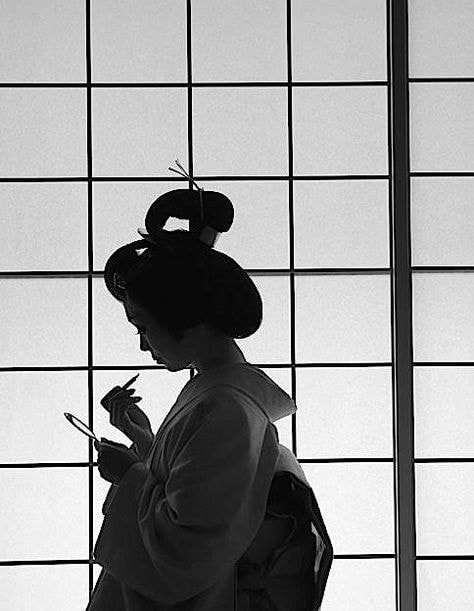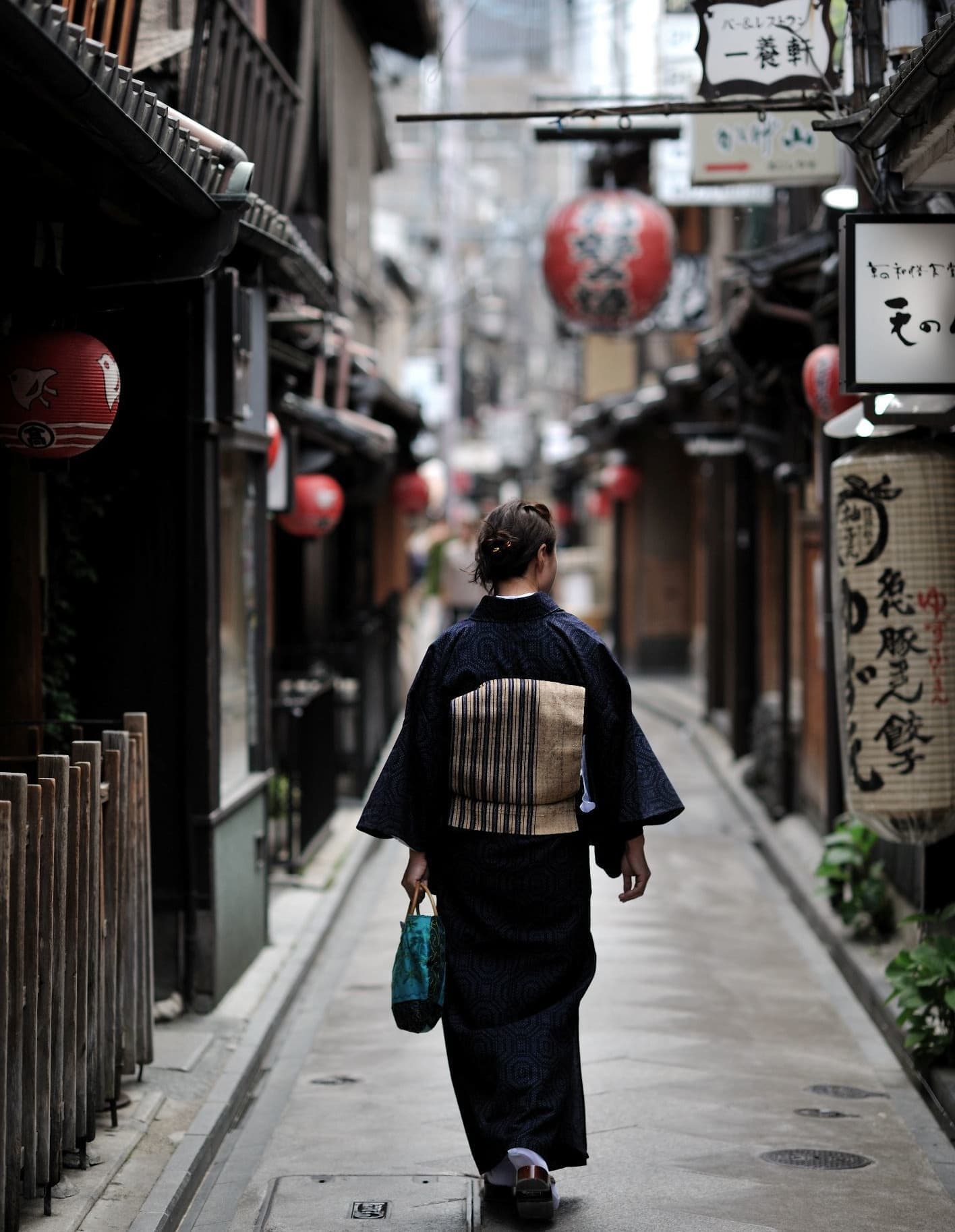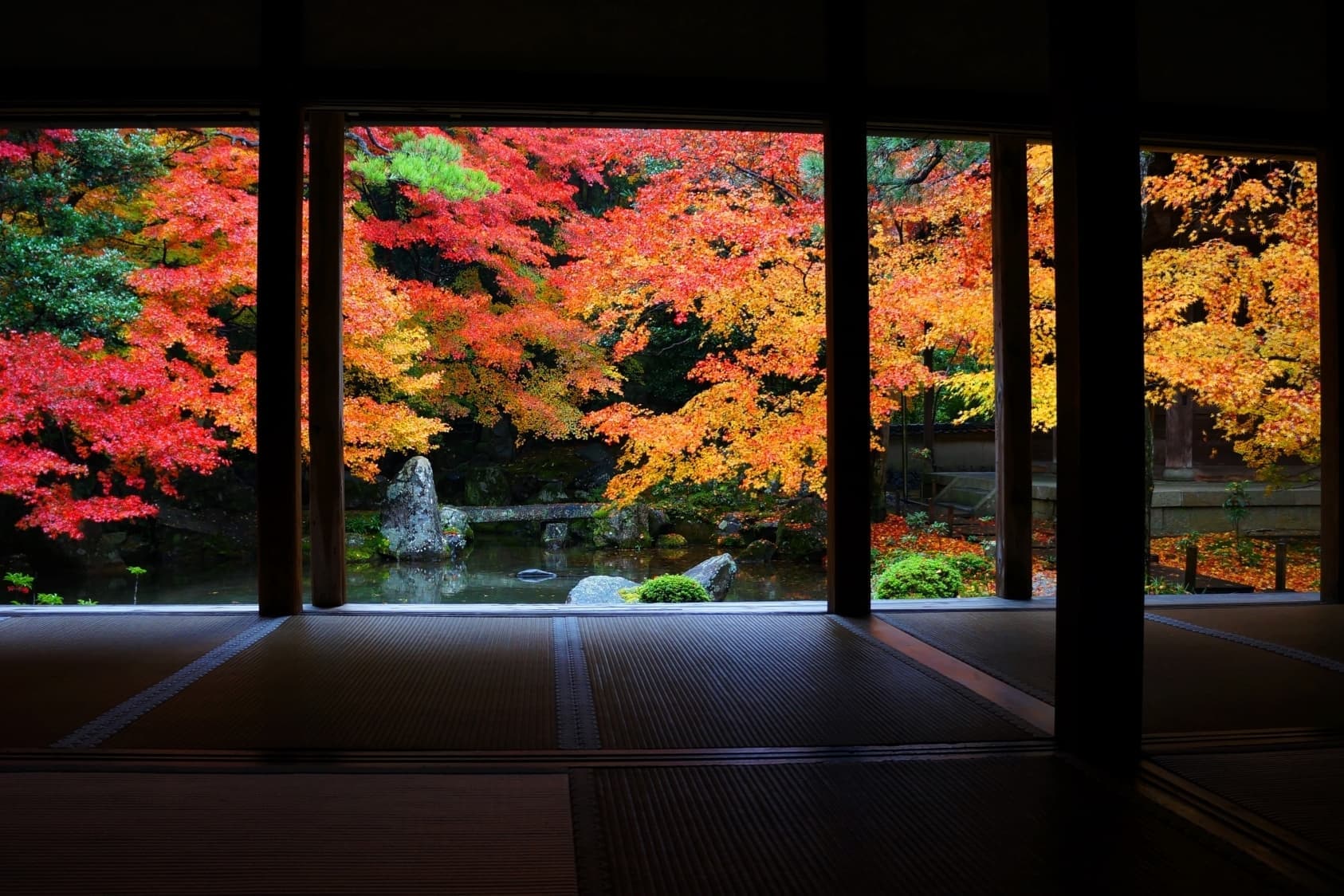
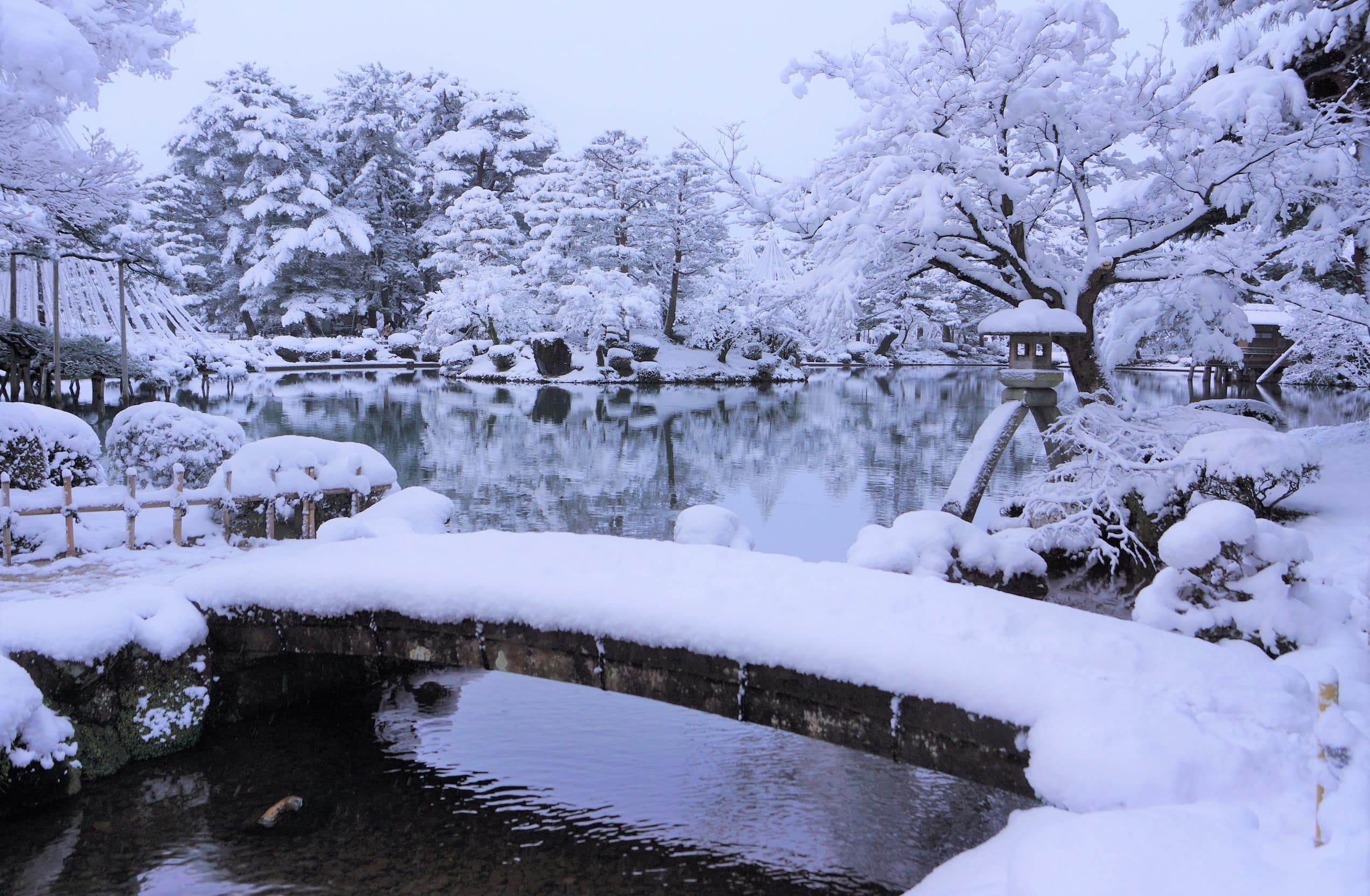
JAPANESE GARDEN
The Japanese Garden is unsurpassed in its subtle interplay of nature and design. Whether a rustic stone walkway in a small entrance garden, or the tranquil vista of a backyard tree garden, the unmistakable balance of serenity and beauty has earned the Japanese garden a reputation as a living work of art.

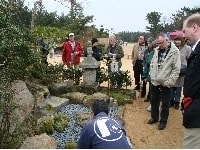
Japanese gardener's seminar

How to tie a knot.
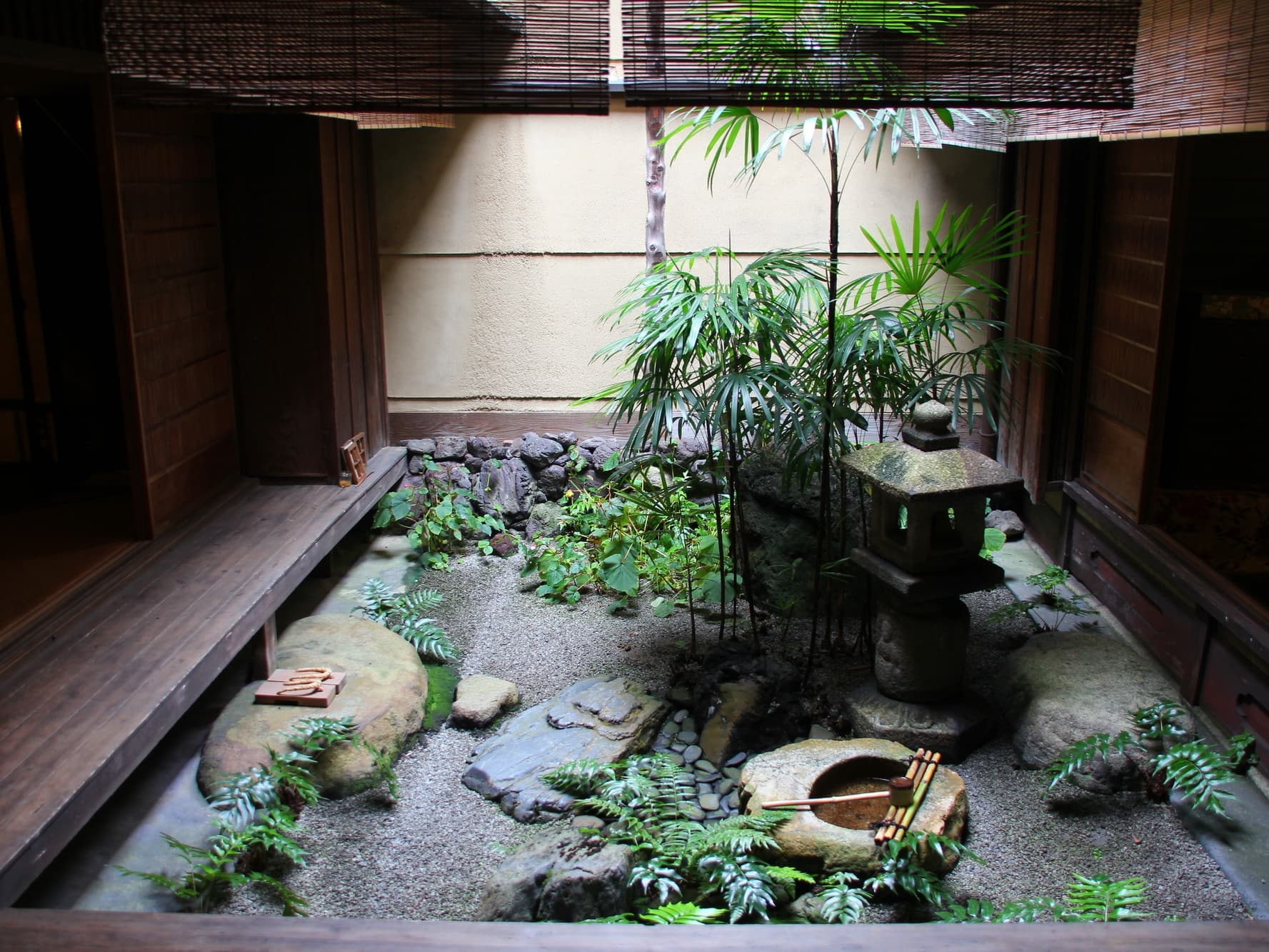
Tsubo-niwa takes full advantage of a limited space to bring nature.
BONSAI
Bonsai – which literary means “tray plantings” - are raised outdoors under natural light and weather conditions. But they can also be enjoyed indoors. With each miniature landscape a universe in itself, te art of bonsai presents a quintessentially Japanese vision of nature and the seasons. The custom of displaying seasonal bonsai indoors, which dates from the Meiji period (1868-1912), is still practiced in Japanese homes today. Considering the grand of nature into these tiny tableaus will transform your home into a setting of grace and leisure.
To mold the mind and body, to cultivate a vigorous spirit, and though correct and rigid training, to strive for improvement in the art of Kendo, to hold in esteem human courtesy and honor, to associate with others with sincerity, and to forever pursue the cultivation of oneself. This will one be able to love his country and society, to contribute to the development of culture and to promote peace and prosperity among all peoples.
Wiring
Wind the wire around a crooked branch to make it grow straight, or to train the shape of the tree.
Pruning
Prune unnecessary branches or branches that have grown too dense.
Transplanting
Transplant bonsai if necessary. Bonsai take many years to become properly shaped.
POINTS OF APPRECIATION
Whether or not the roots have grown properly, spreading in all directions.
Whether or not the trunk expresses the strength of growing upward, reflecting its natural beauty.
How healthy and hick the branches are and how well-balanced their curves or contours are.
The places for Bonsai Application:
Omiya Bonsai Village is known as one of the most outstanding bonsai cultivating areas in Japan.
Visitors take delight in the bonsai in all seasons as they change from one season to the next. Omiya bonsai festival is held on May 3-5 every year.
Saitama city, Saitama
Shunkaen Bonsai Museum - the Sunkaen Bonsai Museum does not look like what you think, more like a private property than a museum. Kunio Kobayashi, an award winning Bonsai master whose mission is to promote the true beauty of the Japanese traditional art of Bonsai, or miniature tree planting technique, operates the SHUNKAEN BONSAI MUSEUM. Everything has tranquility, like the small pond around the teahouse style abode. Outside of a noisy Tokyo, this museum offers a clean, quiet, and traditional Japanese garden. As you walk through the cypress bark roof gate, impressive works of Bonsai fill up the garden.
Visits are organized by apprentices from around the world, explaining to visitors the history of the bonsai cutting practice.
Niihori, Edogawa-ku, Tokyo

